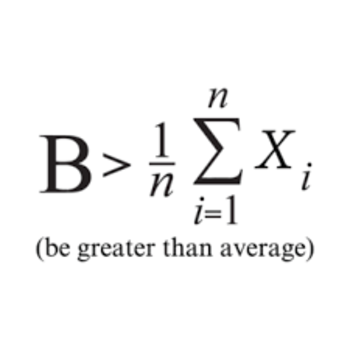As they are at equal volumes, we are always going to have twice as many moles of #HX# than of #NaOH#, as the concentration of the acid is twice as high. We can say that we have #0.2 mol# of #HX# and #0.1 mol# of #NaOH# that will react. This will form an acidic buffer.
They react in the following manner:
#HX(aq) + NaOH(aq) -> NaX(aq) + H_2O(l)#
So the resulting solution we have formed 0.1 mol of #NaX# and 0.1 mol of #HX# remains in the solution, but as the volume has been doubled due to the solutions being added to each other, the concentrations of the salt and the acid have halved to # 0.5 mol dm^-3#, respectively.
Using the Henderson-Hasselbach equation we can find the #pH# of the resulting buffer:
#pH=pK_a + log([[X^(-)]]/[[HX]])#
However, #[[X^(-)]]/[[HX]]=(0.5/0.5)=1# and #Log_10(1)=0#
So all we are left with is
#pH=pK_a#
#pH=4.2#

